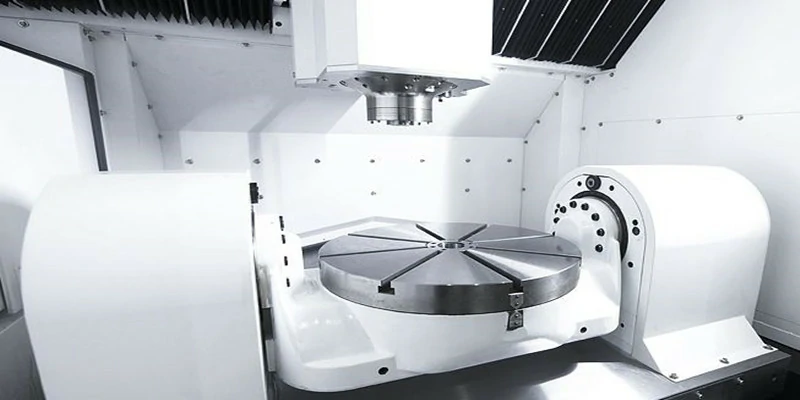6 Tips to Reduce CNC Prototype Production Costs
CNC (Computer Numerical Control) prototyping has become an essential process for manufacturing industries. It allows for precise and efficient production of prototypes and helps in testing and perfecting designs before mass production. However, the costs associated with CNC prototype production can be significant. In this article, we will discuss six tips to reduce these costs and maximize efficiency.
1. Optimize Design for CNC Machining: One of the key factors that affect CNC prototype production costs is the complexity of the design. Complex designs require more machine time and skilled labor, increasing production costs. Therefore, it is crucial to optimize the design for CNC machining. Simplify the geometry, minimize the number of parts, and avoid unnecessary features to reduce machining time and costs.
2. Material Selection: Another important consideration in reducing CNC prototype production costs is material selection. Choose materials that are cost-effective and readily available. Aluminum, for example, is a popular choice as it is lightweight, durable, and cost-effective. Additionally, selecting standardized materials can help reduce material waste and costs.
3. Batch Production: When possible, consider batch production to save on costs. CNC machines can produce multiple parts simultaneously, resulting in lower production times and reduced costs per unit. However, this approach requires careful planning and coordination to ensure efficient use of resources and minimize wastage.
4. Minimize Tooling Changes: Tooling changes during CNC prototyping can significantly impact costs. Each tooling change requires machine setup time and can result in downtime. Therefore, it is advisable to minimize tooling changes by optimizing the design and planning the production process in advance. Consolidating similar operations and using multi-functional tools can help streamline production and reduce costs.
5. Efficient Programming: Efficient programming is essential for reducing CNC prototype production costs. Improve programming efficiency by utilizing CAD/CAM software to automate and optimize toolpaths. This ensures minimal wasted motion and maximizes machine utilization. Additionally, explore software features like nesting to optimize material usage and reduce waste.
6. Partner with a Reliable Manufacturer: Working with a reliable and experienced CNC prototype manufacturer is crucial for cost reduction. An experienced manufacturer can provide valuable insights and suggestions on design optimization, material selection, and production process planning. Moreover, they can leverage their expertise to streamline production, minimize errors, and reduce costs.
In conclusion, reducing CNC prototype production costs requires a holistic approach that encompasses design optimization, material selection, production planning, and efficient programming. By implementing these six tips, manufacturers can achieve significant cost savings while maintaining the highest quality standards. Remember, cost reduction should not compromise the functionality and performance of the prototype.




